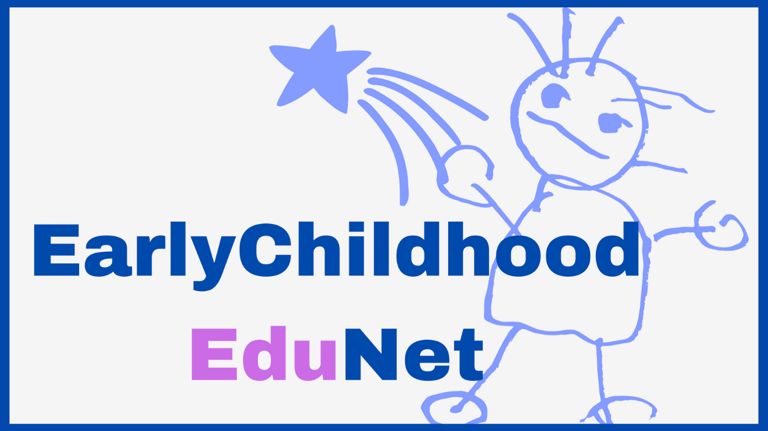Color Mixing Chart: How a Little Visual Structure Helps Toddlers Play & Learn
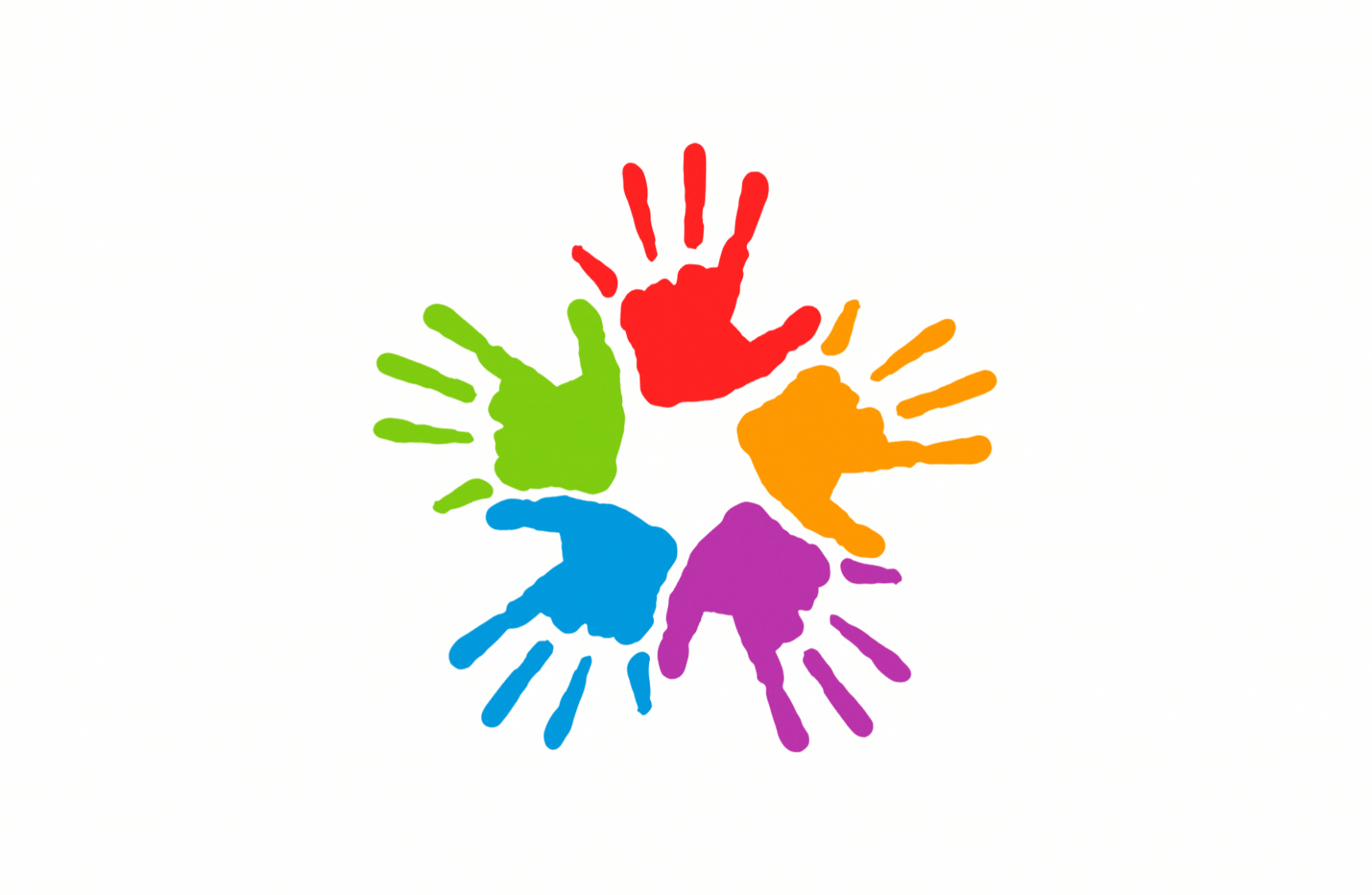

Color Mixing Chart: How a Little Visual Structure Helps Toddlers Play & Learn
by Dewi Griffith Ph.D
The tables were covered in the art room with little jars of paint, brushes, and the excited chatter of Ms. Lila’s children. The goal was simple: free exploration of colors.
But within five minutes, chaos reigned.
“Ms. Lila! My green turned brown!”
“Why doesn’t mine look like pink?”
“I forgot what color I used!”
Paint-stained fingers pointed to a dozen mystery colors of murky gray and swampy brown. The room buzzed with the sounds of laughter — and a little frustration.
Ms. Lila realized that the issue wasn’t their energy or curiosity; it was structure. The children were eager to experiment, but they had no idea how the colors mixed. Their playtime needed a framework — not more rules, but a visual guide that made their exploration feel purposeful.
That was when she brought out the Color Mixing Chart.
The topics that we cover include the following:
The Moment It All Made Sense
How to Set Up a Color Mixing Chart
The outcome was magical — children began recognizing colors without needing reminders
References
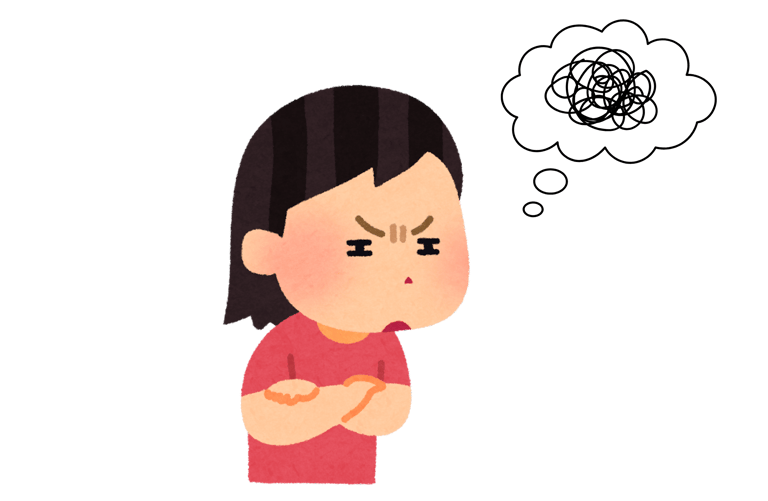

The Problem: Unstructured Exploration Leaves Toddlers Confused
Creative play is an essential part of any early childhood classroom. But too much freedom with only paints, brushes, and fingers can easily overwhelm young learners.
Children under six are still developing their visual discrimination and working memory: two core skills that impact their ability to notice slight changes in color and to sequence the process (Piaget, 1962).
Young children get easily lost when there are no clear visual cues. Color-mixing without a framework quickly turns into confusion. Teachers find themselves repeating the same questions every day:
“What colors did you use?”
“What do you think will happen if we mix red and yellow?”
The answers are different every time, not because they aren’t learning — but because they have no concrete visual cues to anchor the abstract concepts.
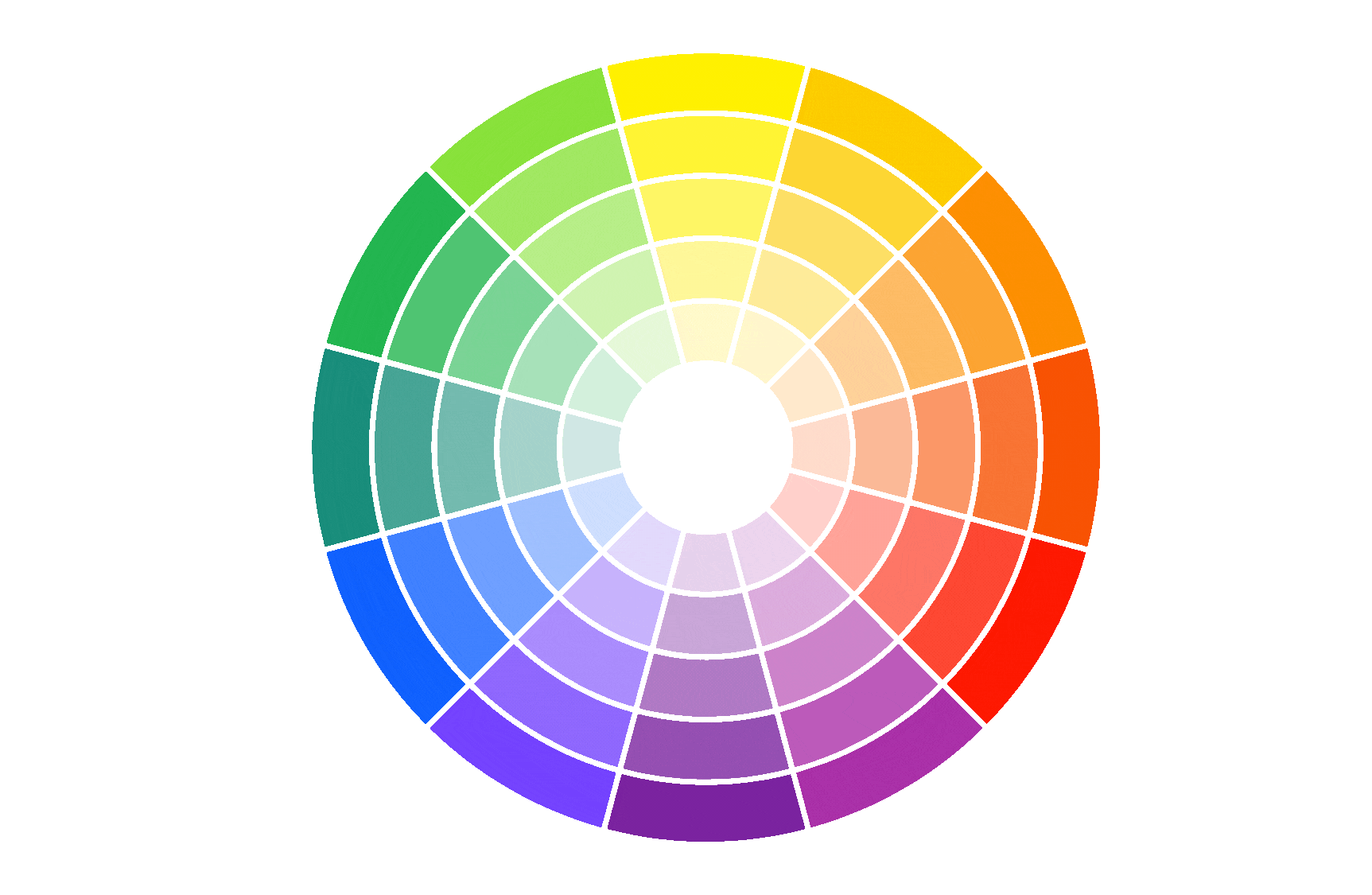

The Breakthrough: A Color Mixing Chart for Toddlers
The next day, Ms. Lila brought out a large laminated poster colored in soft purples and blues.
Quiet, calming shades that didn’t distract from the more saturated colors of the paints. It had three large circles on it labeled RED, BLUE, and YELLOW, with three more blank white circles between each pair.
She handed each child a mini version of the chart. Their new job: to become “Color Scientists.”
Ms. Lila demonstrated the process:
“Let’s see what happens if I mix red and yellow,” she said as she carefully mixed the two primary colors together on her palette. “Can you guess?”
Gasps of wonder. Children scrambling to try it for themselves.
“What if I mix blue and yellow?” asked a child, wide-eyed with curiosity.
“Let’s find out together,” smiled Ms. Lila, and passed over the brush. “You’re the scientist today.”
The Moment It All Made Sense
Dr. Jean Piaget, the pioneer of child cognitive development, would have appreciated the success of this seemingly simple activity.
Piaget believed young children in the preoperational stage (ages 2–7) learn best from direct, hands-on experiences and begin to use symbols to represent objects (Piaget, 1962).
The art of color-mixing, when given the structure of a visual cue, bridges the gap between sensory play and concrete understanding.
Likewise, psychologist Lev Vygotsky (1978) introduced the idea of the Zone of Proximal Development — the space of learning between what a child can do independently, and what they can do with support.
A simple chart like this provides that scaffolding: just enough guidance to structure the learning, without taking away the space to explore.
Each time the children mixed new colors, they filled in another circle on their charts. Red and yellow became orange, blue and yellow turned green, red and blue created purple.
Visual feedback in the form of a chart helped them internalize the relationships between colors much faster than any worksheet.
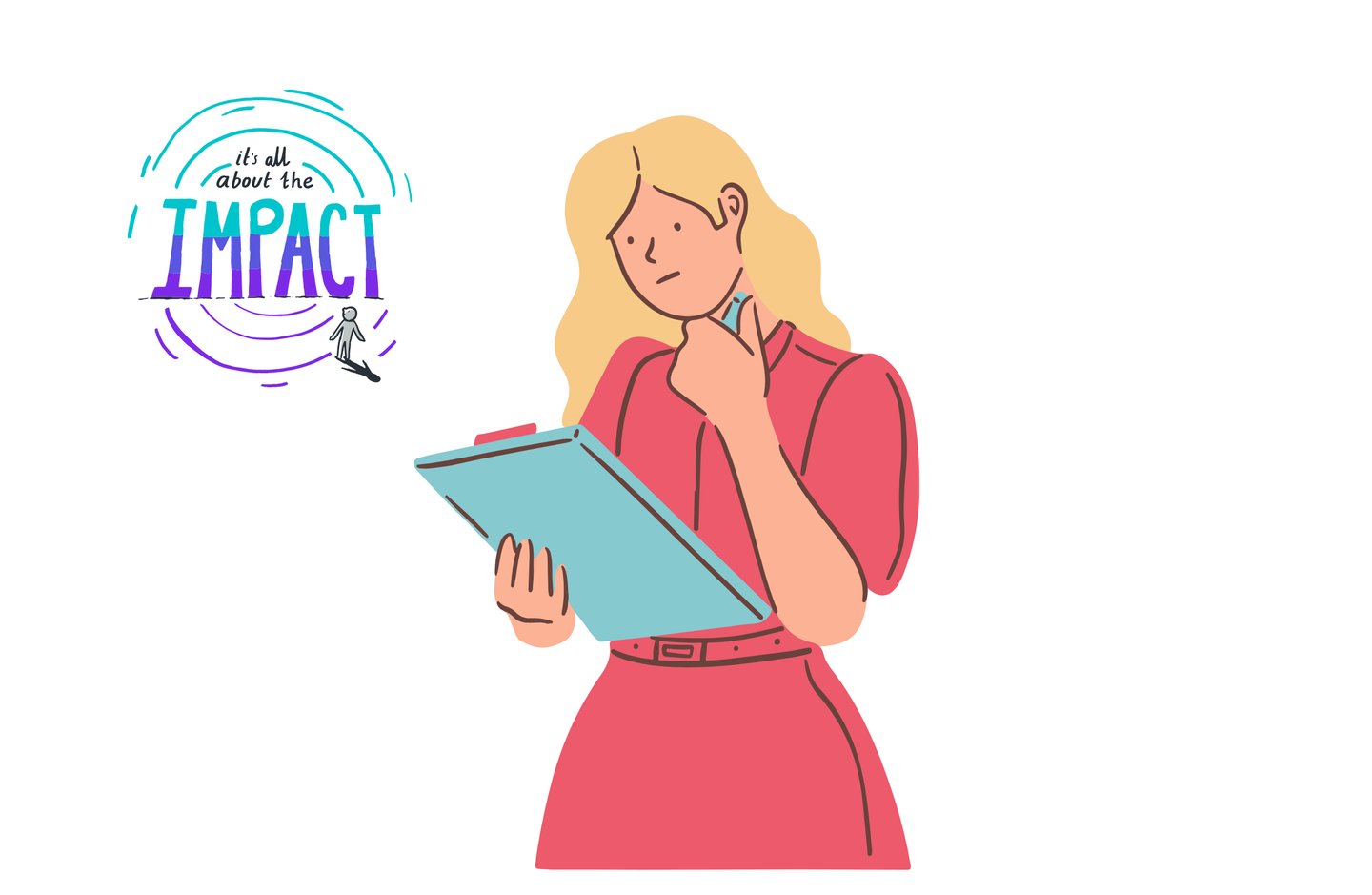

How to Set Up a Color Mixing Chart
Materials:
A color mixing chart template with big circles for primary and secondary colors (see list below).
Empty white circles in between to fill in by painting.
Small pots with paint, at least the primary colors: red, yellow, and blue.
Mini cotton swabs or brushes.
A damp cloth for cleaning the brushes in between.
Process:
Prepare the Chart: Print out a large laminated chart or use printable templates. Make sure it has primary and secondary color circles, with blank white spaces in between.
Give the Right Tools: Provide small paint pots or use homemade natural dyes. Include cotton swabs or small brushes, plus a damp cloth for cleaning in between.
Guide Exploration, Don’t Restrict It: Ask children to make predictions before painting. “What do you think will happen if we mix these two?” Allow children to mark their discoveries by painting directly onto their charts.
Reflect and Discuss:
Afterwards, bring the group together to compare charts. Use simple questions to prompt reflection:
“What surprised you the most?”
“Did anyone make a new color we didn’t expect?”
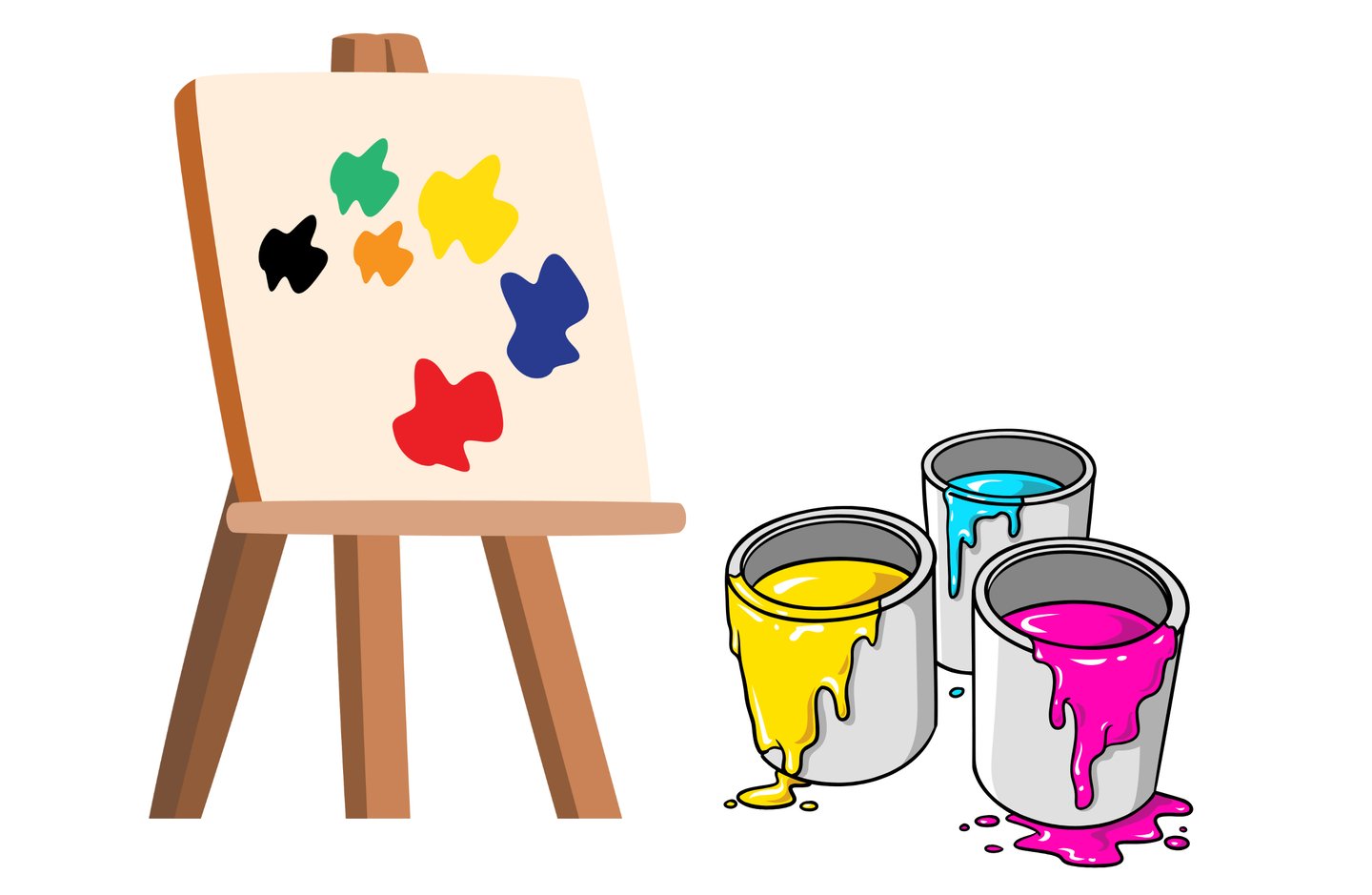

The outcome was magical — children began recognizing colors without needing reminders
By the end of the week, Ms. Lila began to notice something remarkable. The children were starting to call colors by their “families.”
“Purple is red and blue’s baby,” a child giggled.
“Orange is made by red and yellow — it’s a warm color!”
The ownership language had entered her classroom.
The children were no longer simply following instructions or being told what to do.
They were thinking for themselves, making predictions, and connecting ideas — all through a chart and a few drops of paint.
Mixing colors is not just an art activity.
It’s the science of observation. With a simple visual tool like a color mixing chart, children learn to form hypotheses, test out ideas, and reflect on the results — early building blocks of scientific inquiry through creative play.
As Dr. Maria Montessori (1949) once said:
“What the hand does, the mind remembers.”
By allowing little hands to explore color with intention and direction, we can help their minds build those lasting connections — one brushstroke at a time.
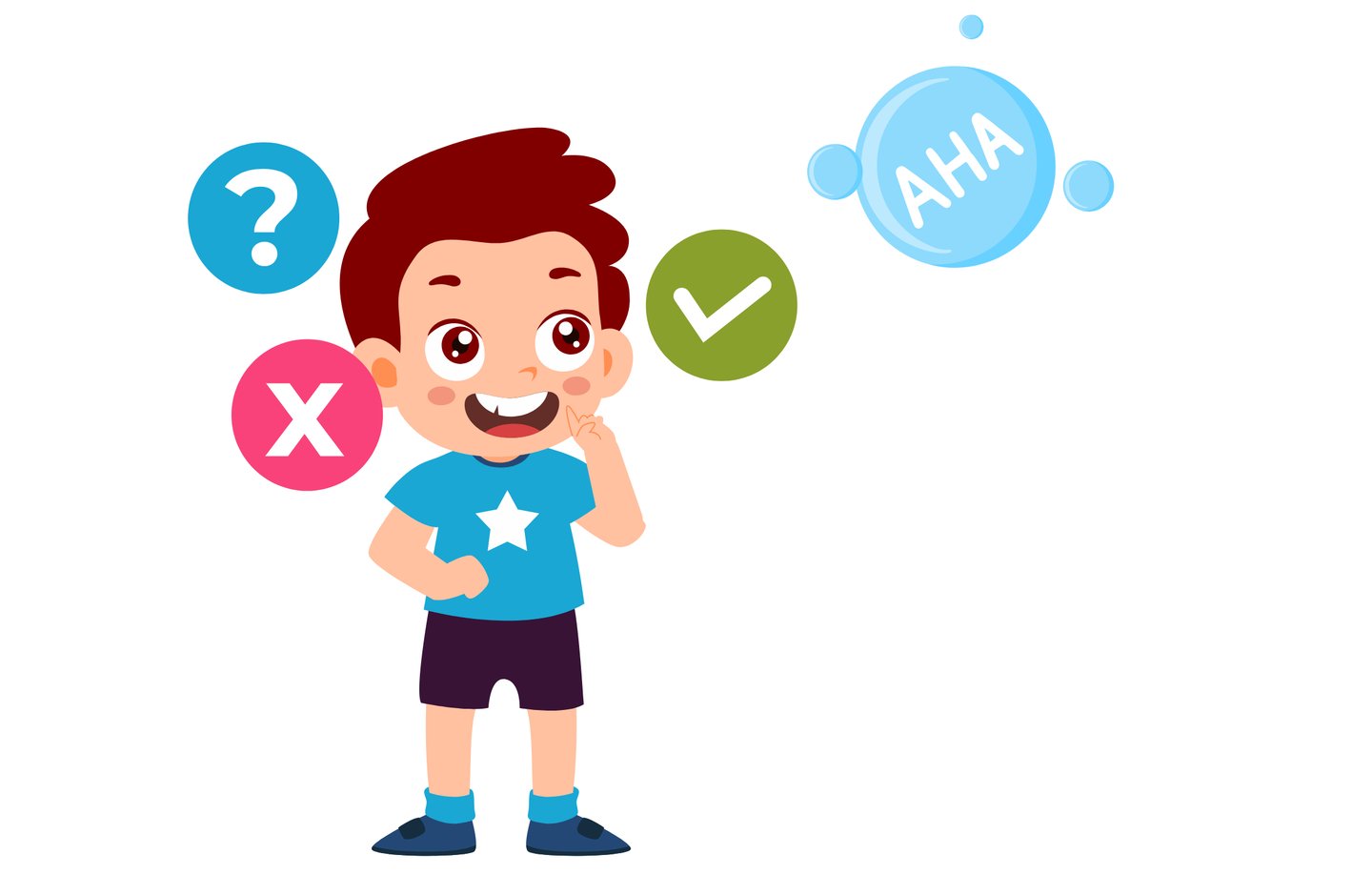

References
Piaget, J. (1962). Play, dreams, and imitation in childhood. Norton & Company.
Vygotsky, L. (1978). Mind in society: The development of higher psychological processes. Harvard University Press.
Other articles you might like
Learning Through Play
Home Reading Tips
DIY Learning Materials
